Outdoor Adventure Camp
Outdoor Adventure Camp
Reports are in from the first couple days of the Tollgate Outdoor Adventure Expedition, a group of veteran astronauts who began the week stranded on Mars far away from their sister ship. Before even leaving their ship, the team made sure they made and packed dehydrated food rations. They discovered that they would need to cross a large crevasse in the Vastitas Borealis, the largest lowland region of Mars in the northerly latitudes of the planet with the help of a slack line. Expedition members used ingenuity and teamwork to spot one another across the deep opening in the planet’s surface.
Once across, the team received word that a second friendly spacecraft landed in a forested region across the plains and that there were injured astronauts who needed their help. The group ventured to the deep forest, avoiding radioactive meteorites along the way. Together, under the direction of ship’s Dr. Nate, they used what was in their gear and first aid skills to help victims with broken bones, hypothermia, and a young astronaut pinned by a downed tree with a possible c-spine injury. The explorers made splints, used a variety of evacuation carries, stabilized the neck and treated a c-spine injury before treating a heat stroke victim. They made their own sugar/saline solution to prevent hypernatremia in themselves and learned how to treat someone in anaphylactic shock with the use of an epi-pen.
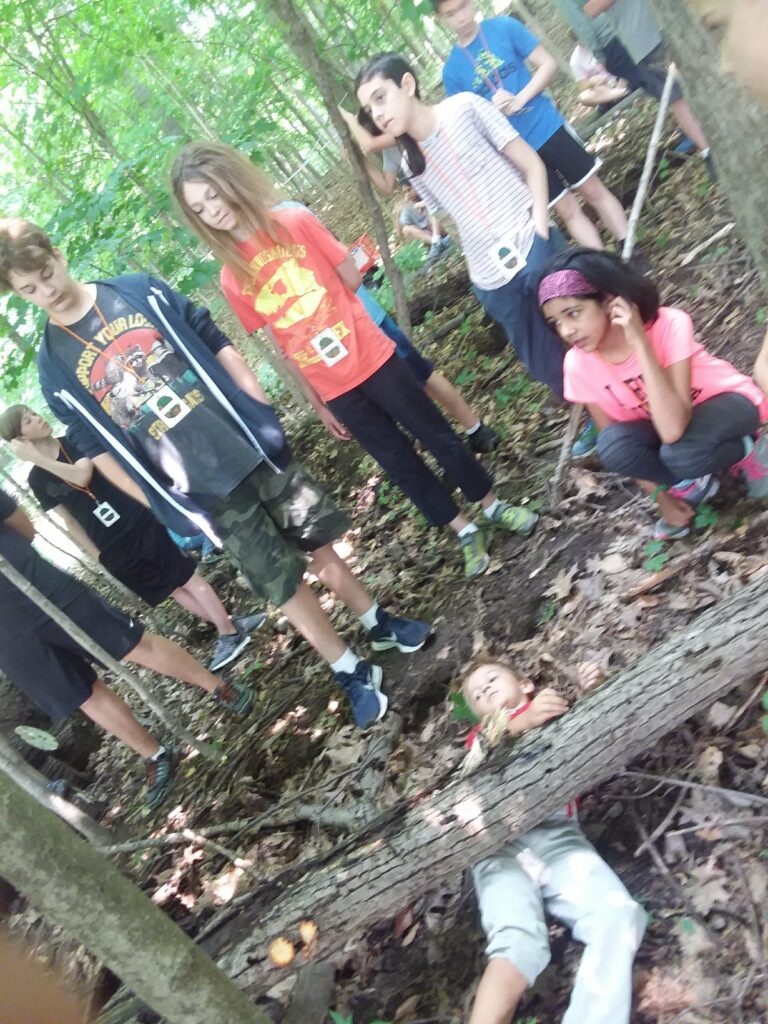
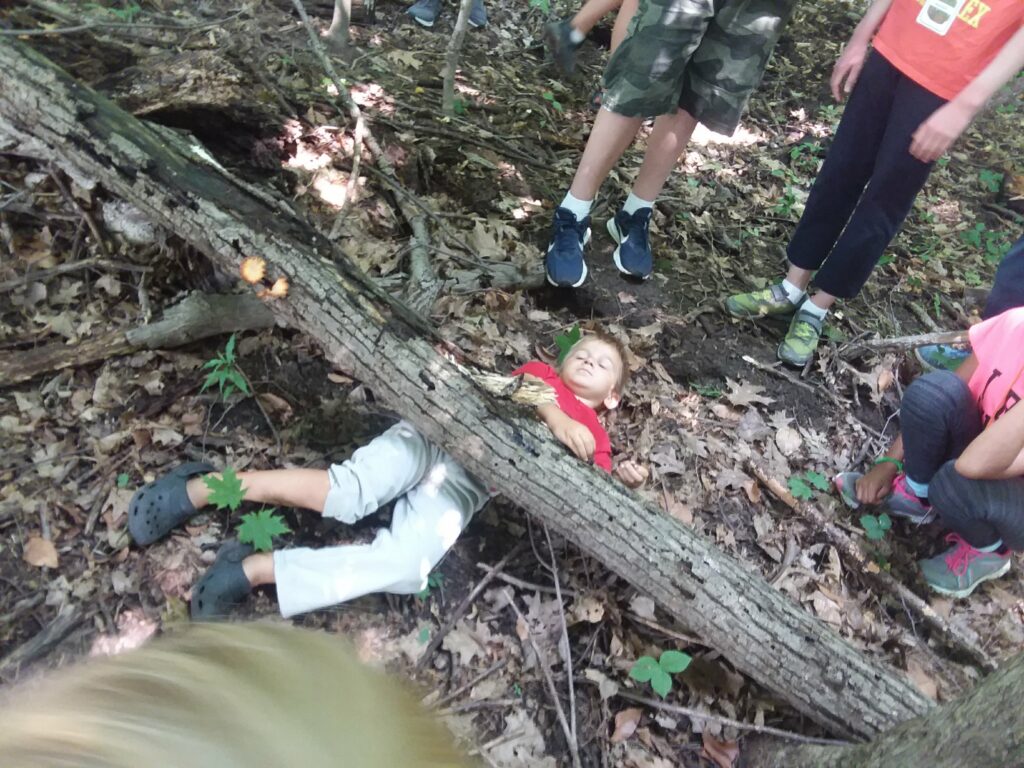
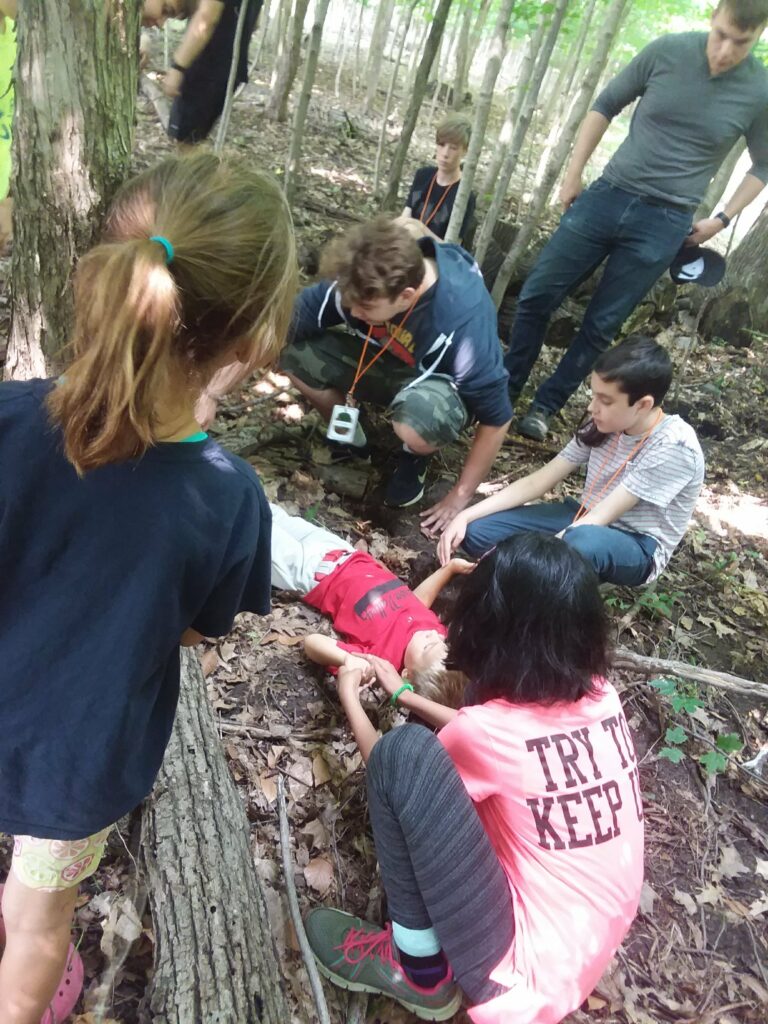
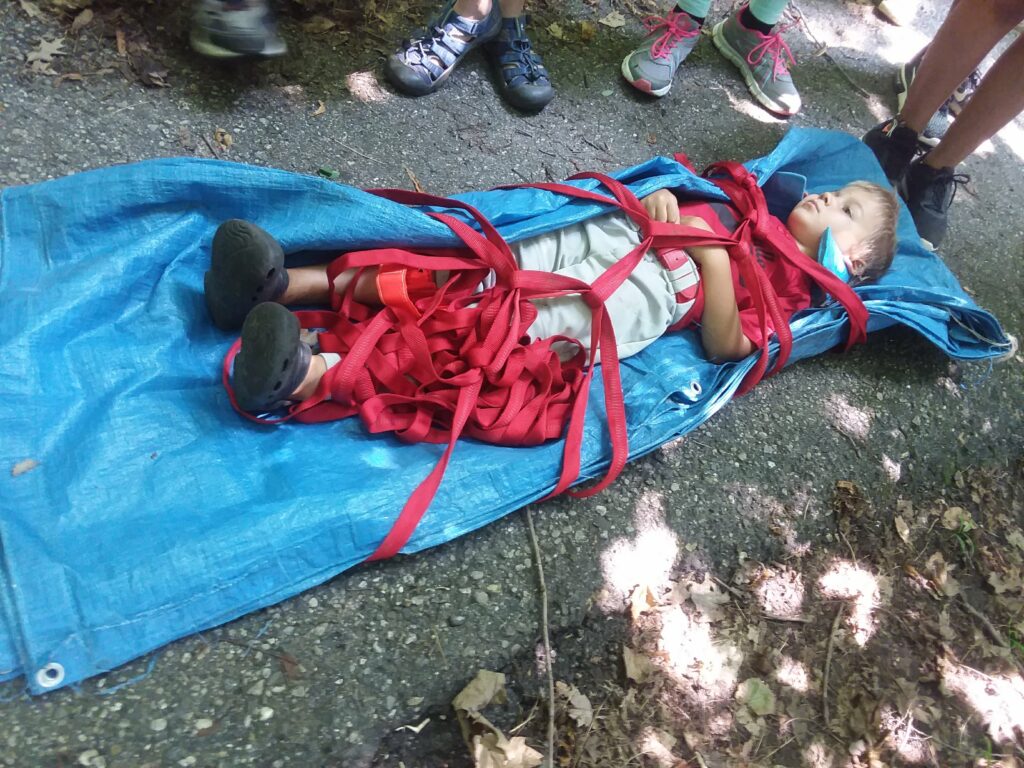
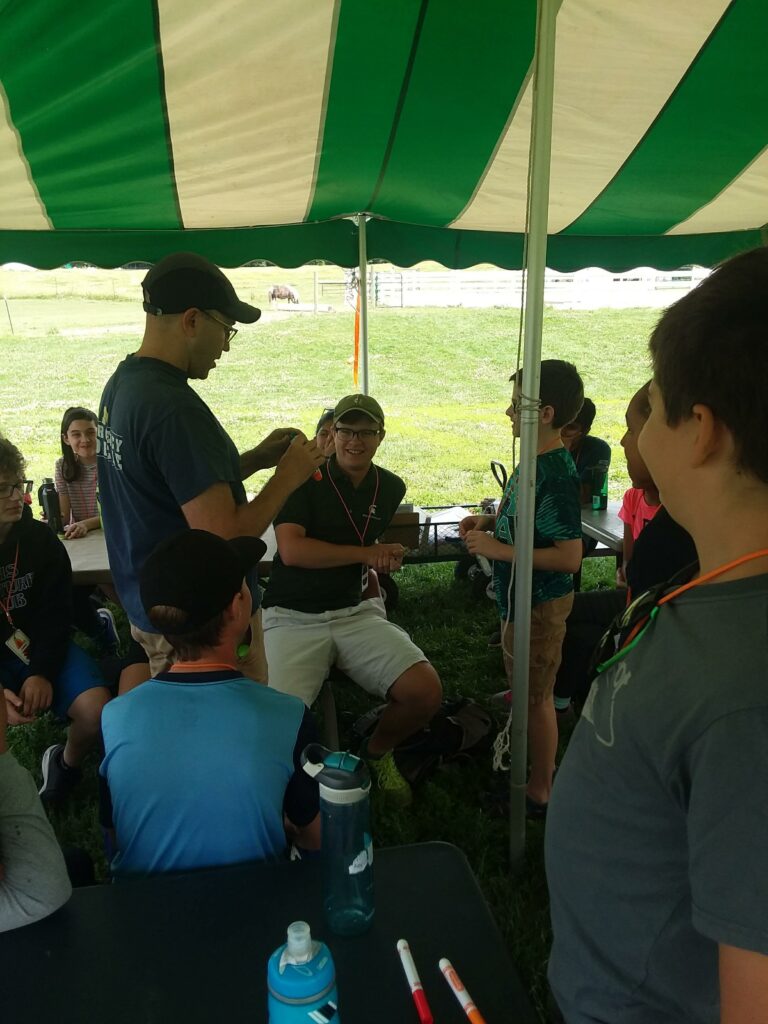
Realizing they would be stranded for some time, the OAC members quickly realized they needed to pull together and focus on Expedition Behavior, a name used to describe the set of behaviors that keep a group moving together navigating in a wilderness or survival situation as they manage complex and unknown risks. When the group came across a giant alien arachnid deep in the hostile forest, they had to maneuver each member through a different opening in the web without waking the spider. If they touched the web and the spider woke, they needed to work together to sing the spider back to sleep with a chant or song they created. Next the group needed to cross a deep chasm by swinging on a rope from a large stump to a very small safe area. It was only by helping one another across that all group members survived that challenge. Stumbling upon dangerous radioactive meteorites, expedition members quickly needed to use teamwork and a solutions-focus to create a way to move the obstacle to a safety shield.
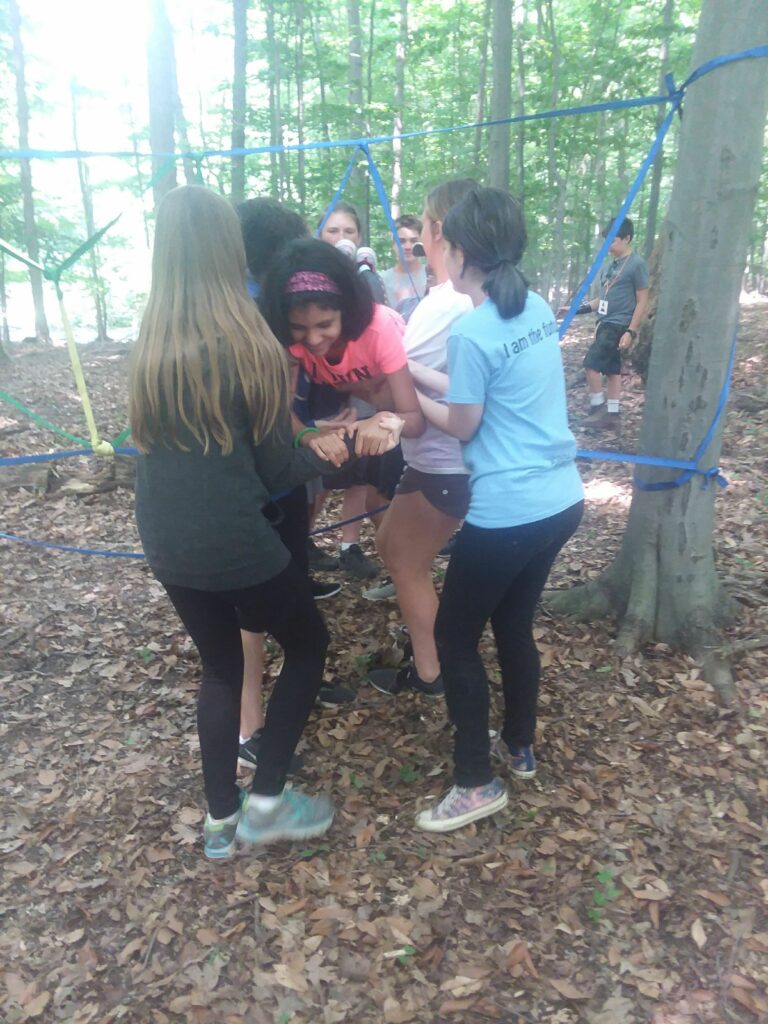
Cold set in overnight, but the team stopped and stayed calm while they assessed their survival priorities. They realized they would need shelter from the elements and warm food. Using a variety of specialized stoves, they determined which stove would heat the water to rehydrate their dried food the quickest – liquid gas, a canister stove, or an alternative wood-burning stove. They rationed their space food and worked more on their shelters while also assessing the need to use archery and fishing skills to secure food. Building a fire in the strange and harsh climate with only the resources they had on hand became a focus for the rest of day 2 of their Martian adventure. On their third day, the group will head on an all-terrain space vehicle to face their next survival adventure together. Surely, more challenges are ahead for the Outdoor Adventure Challenge Expedition.
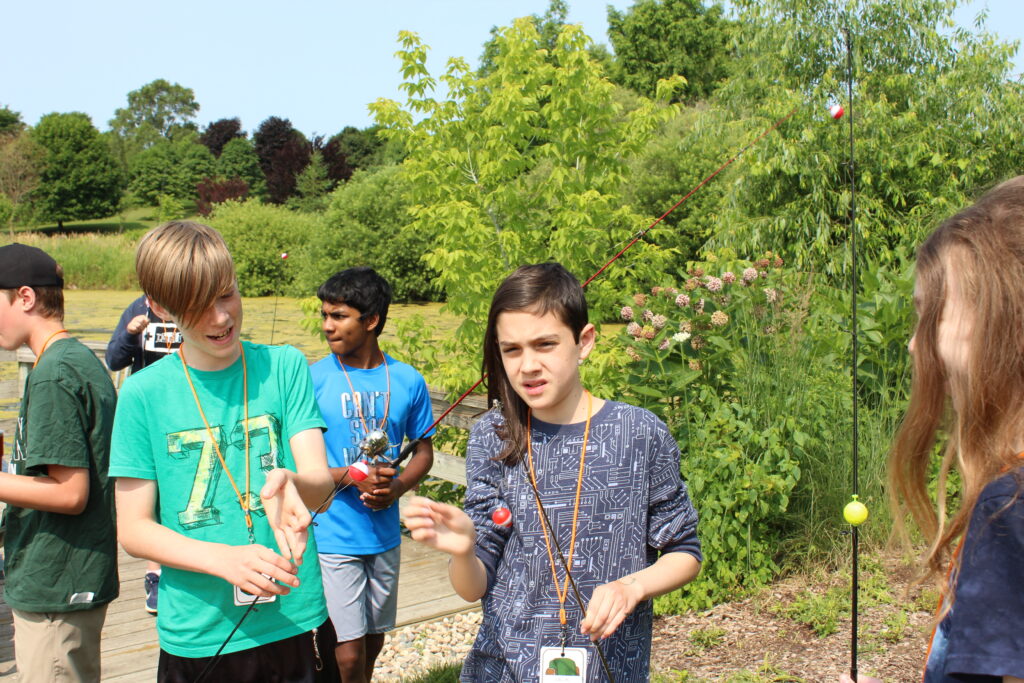
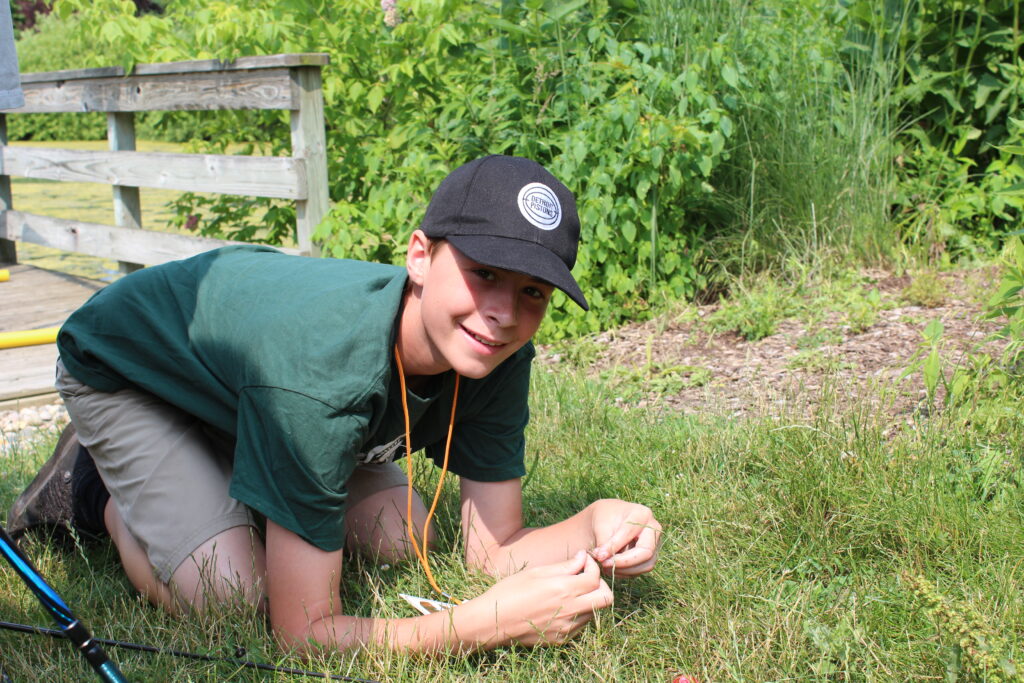
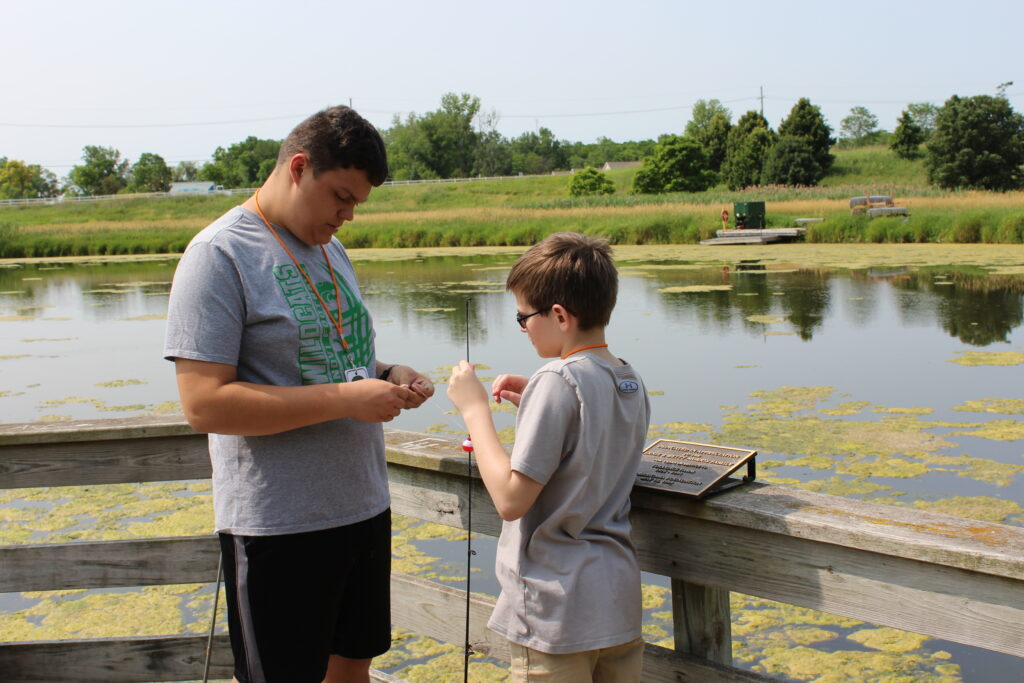
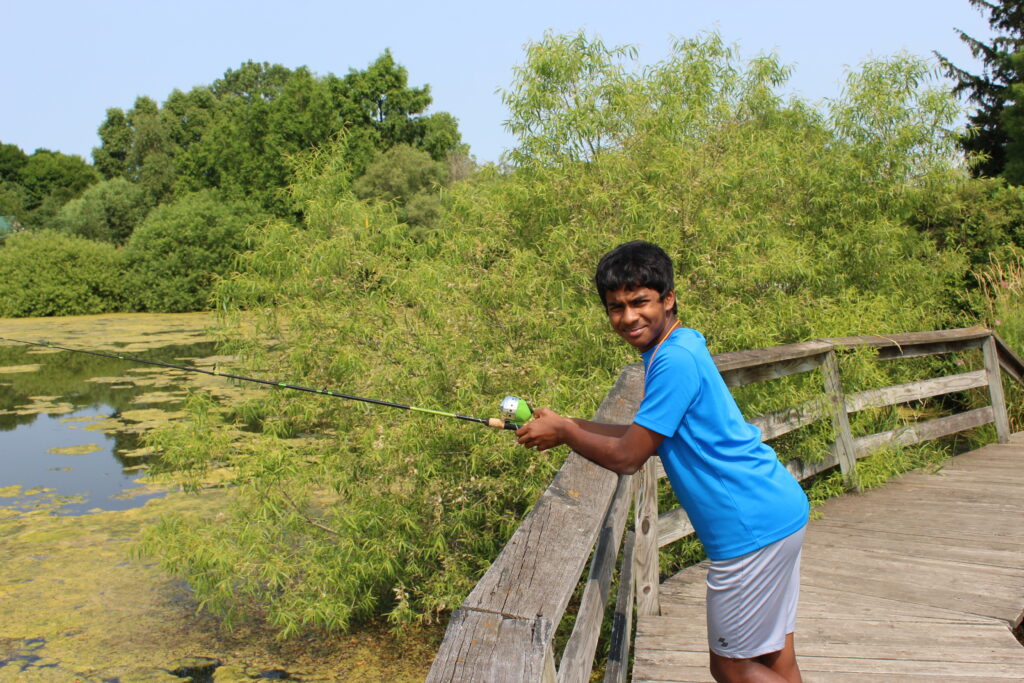
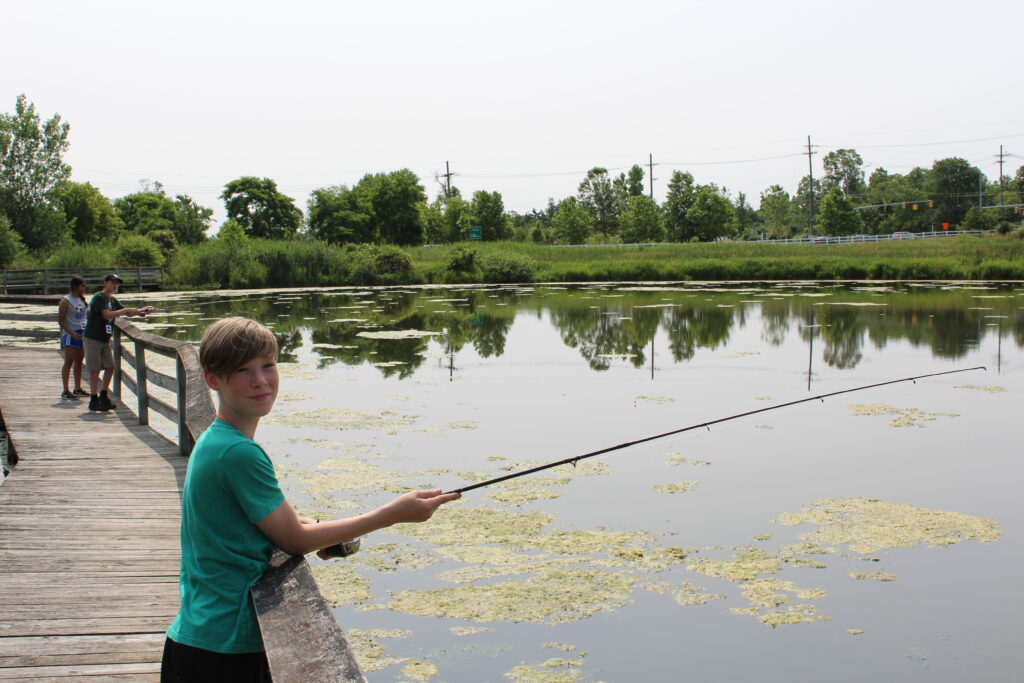
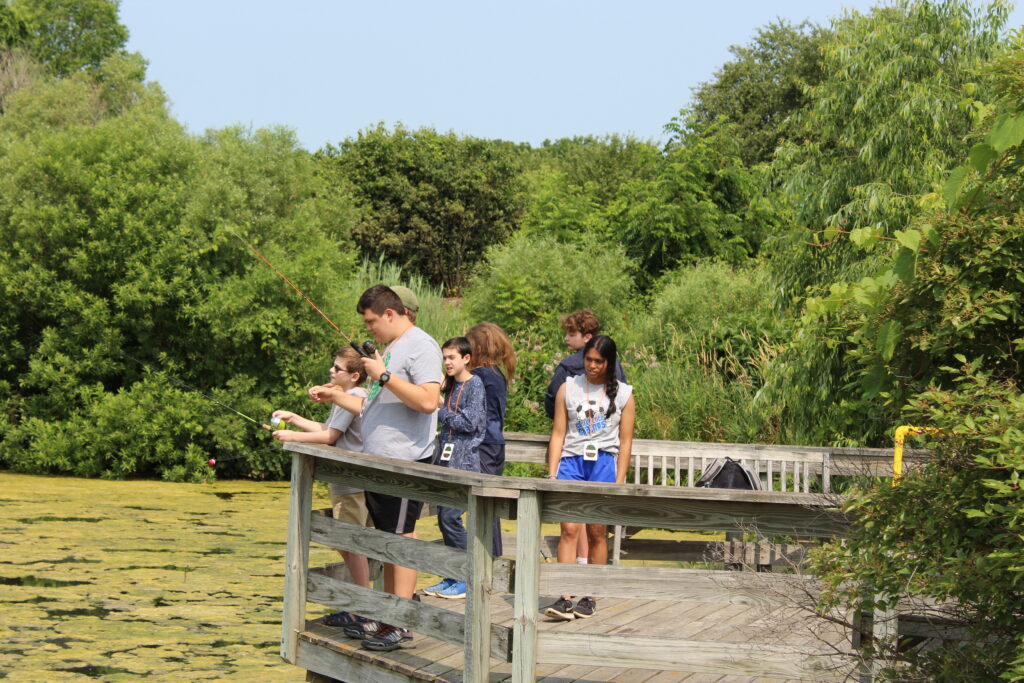
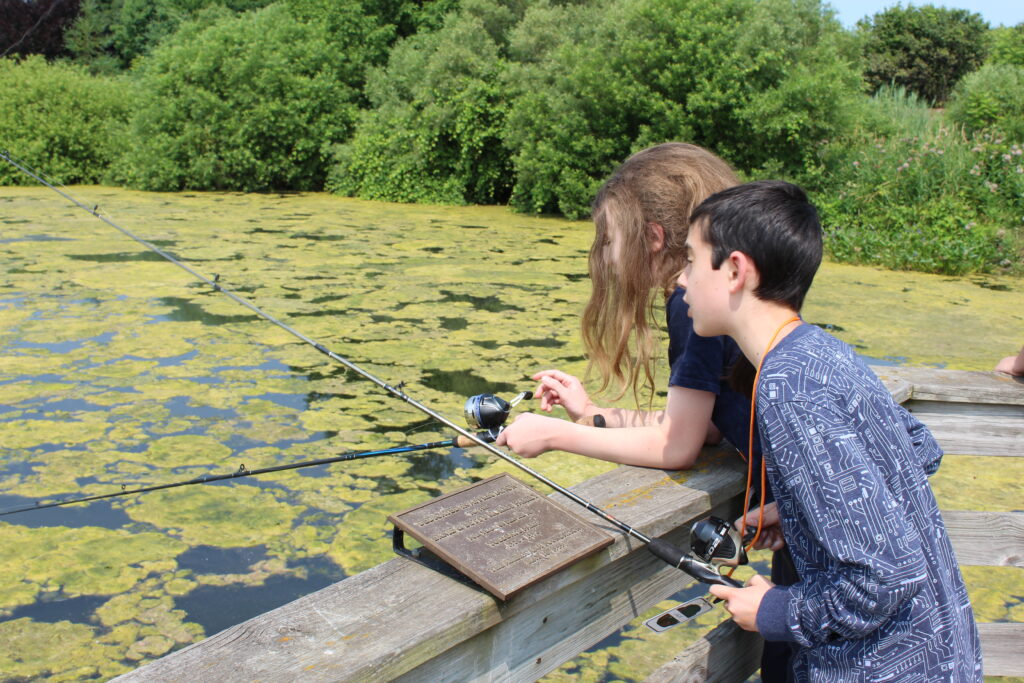
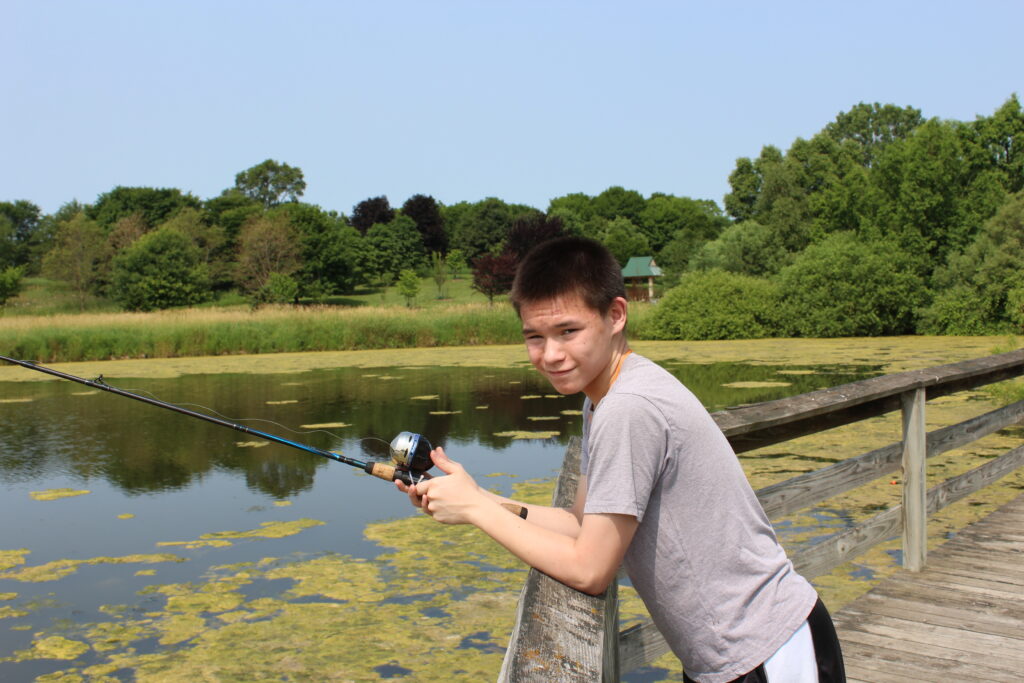
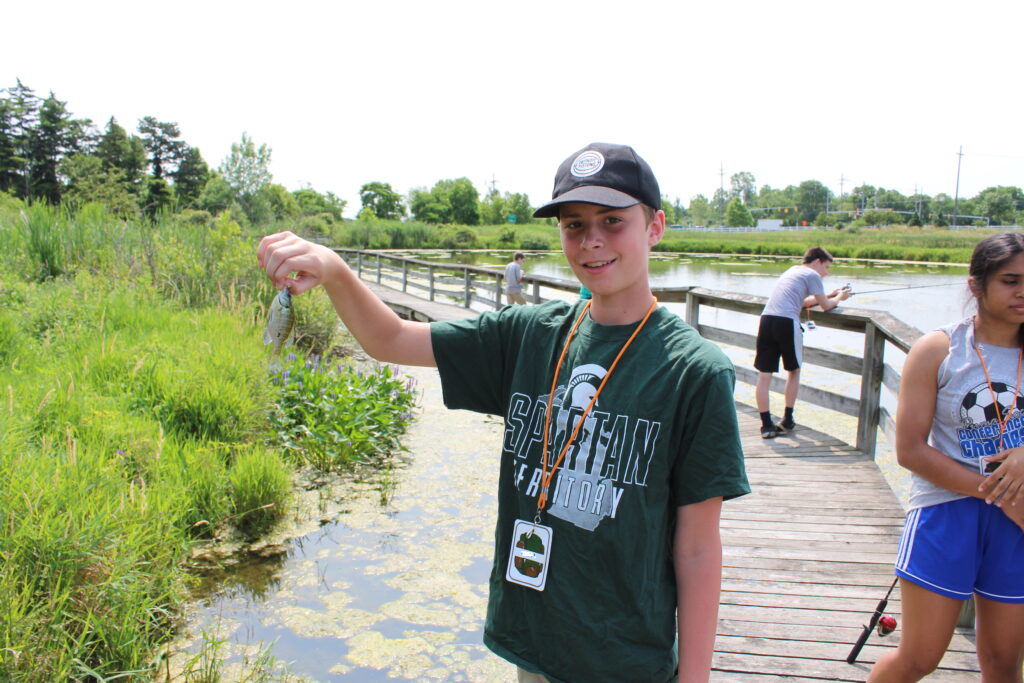
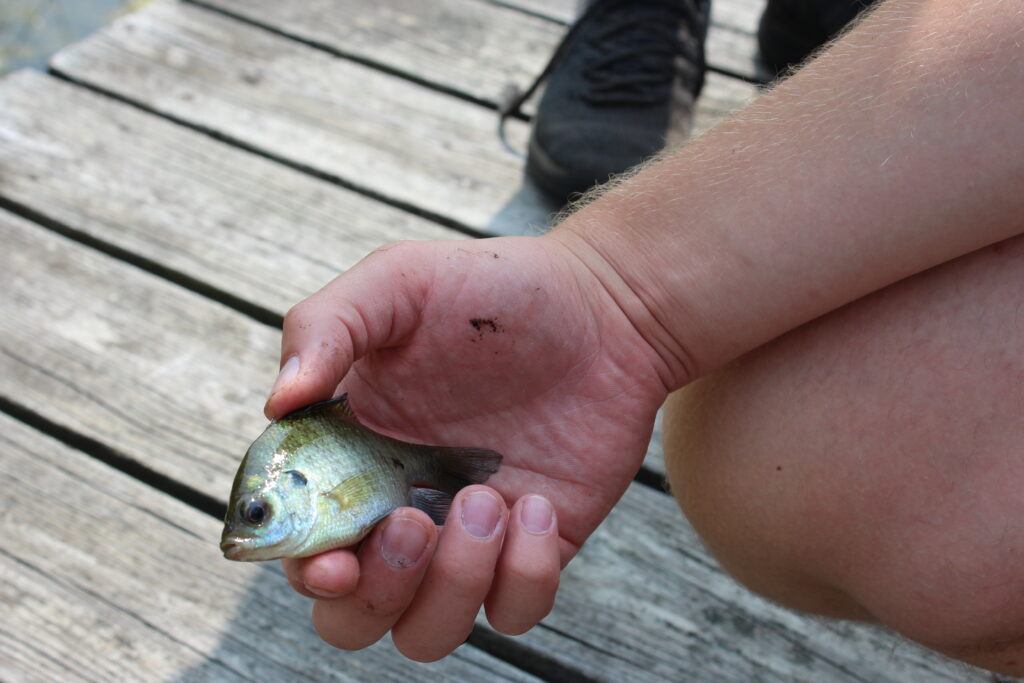
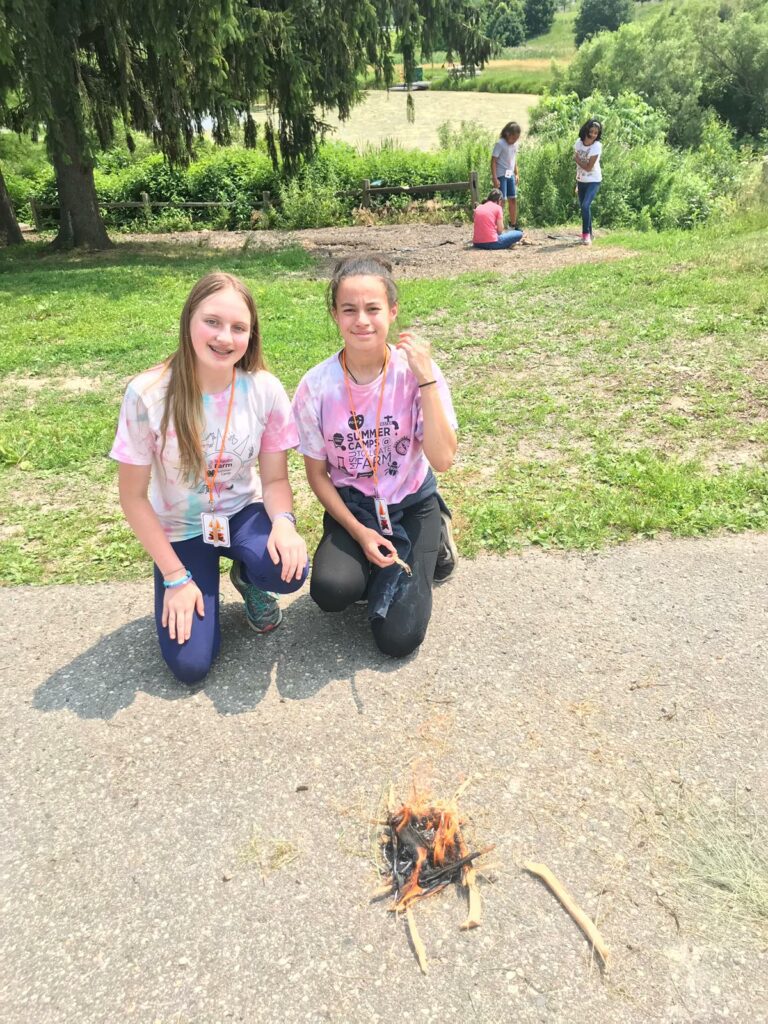
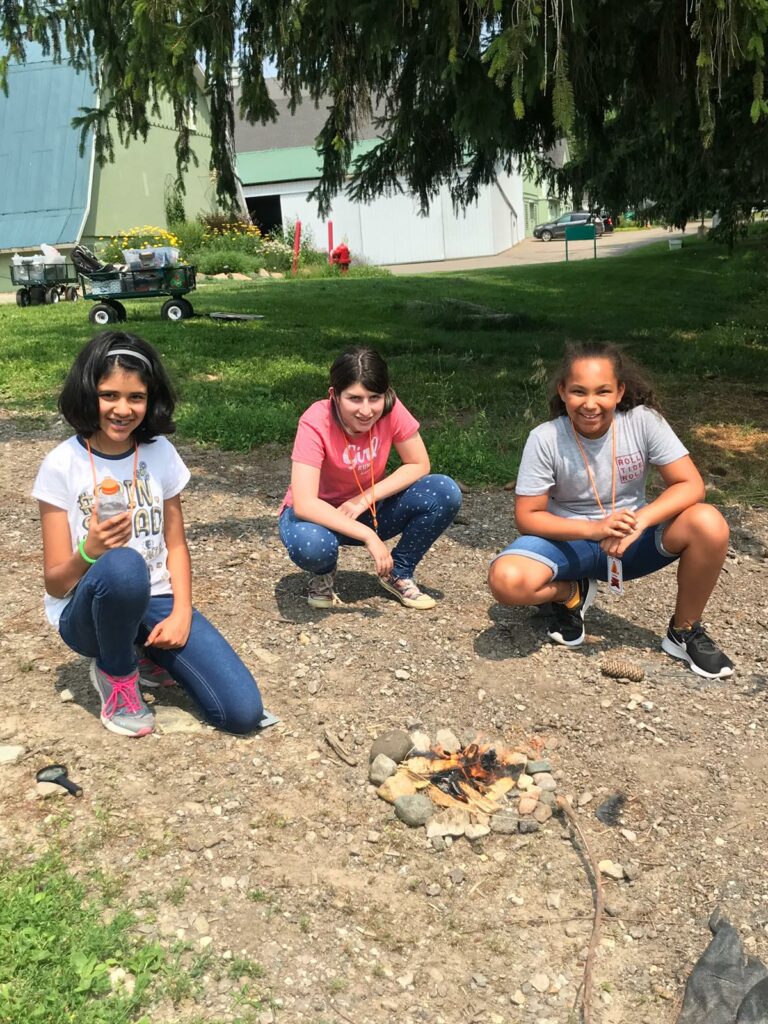
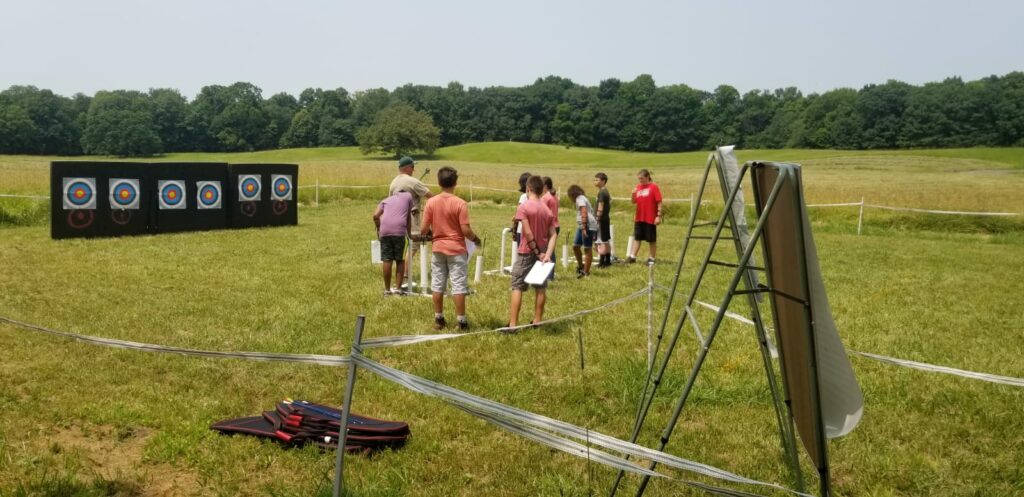
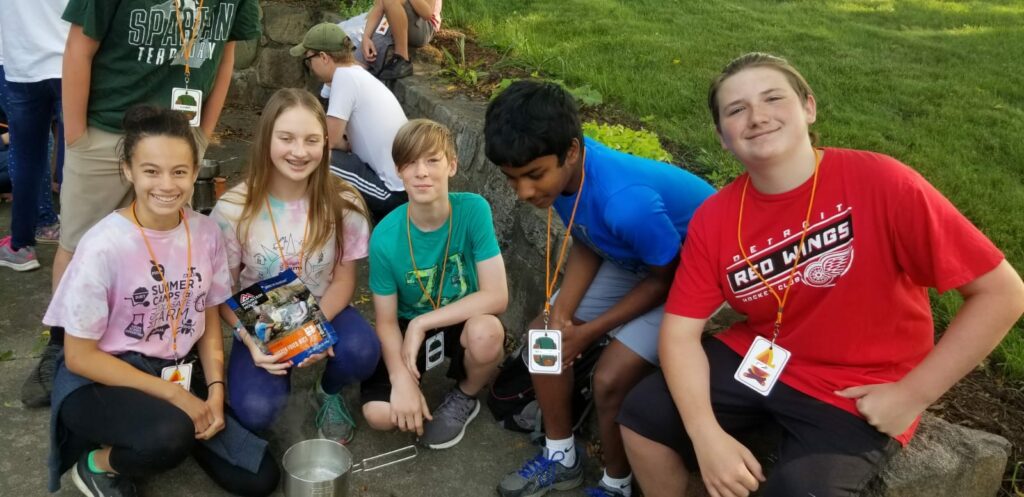
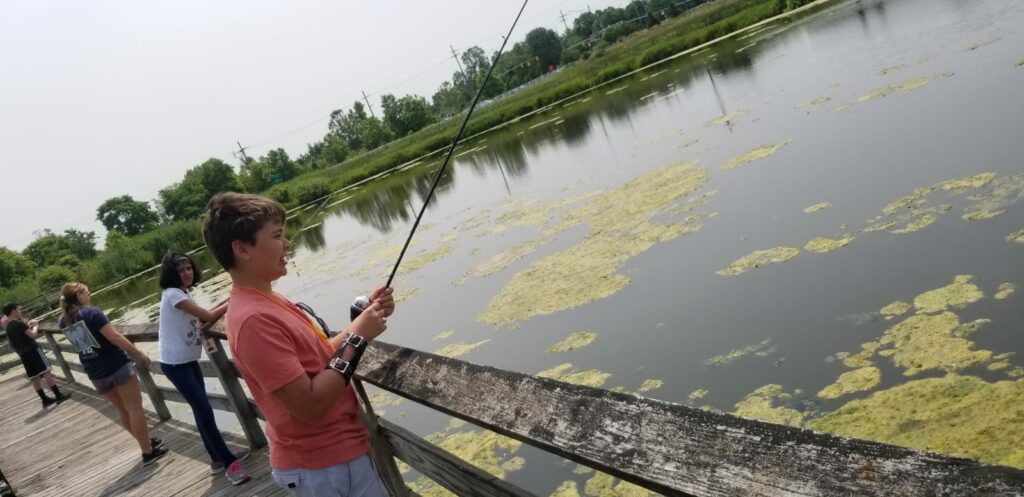
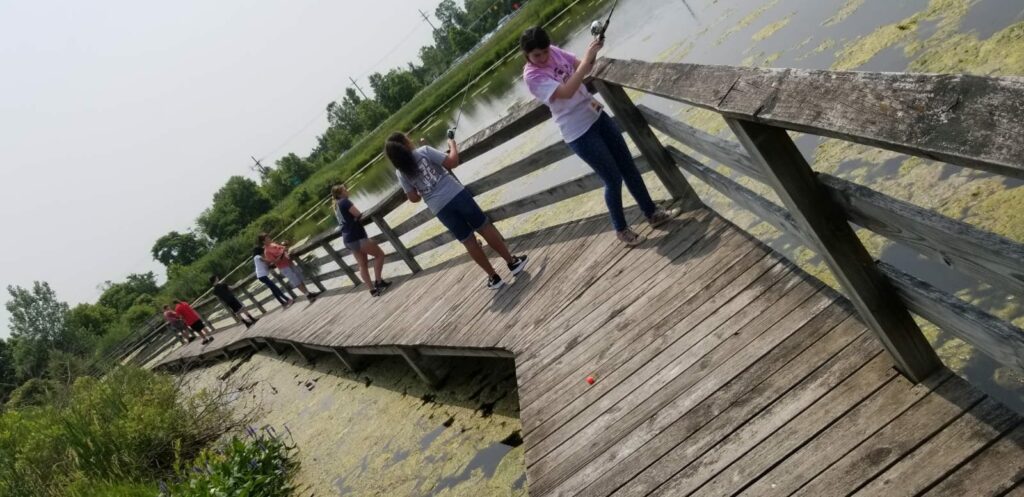
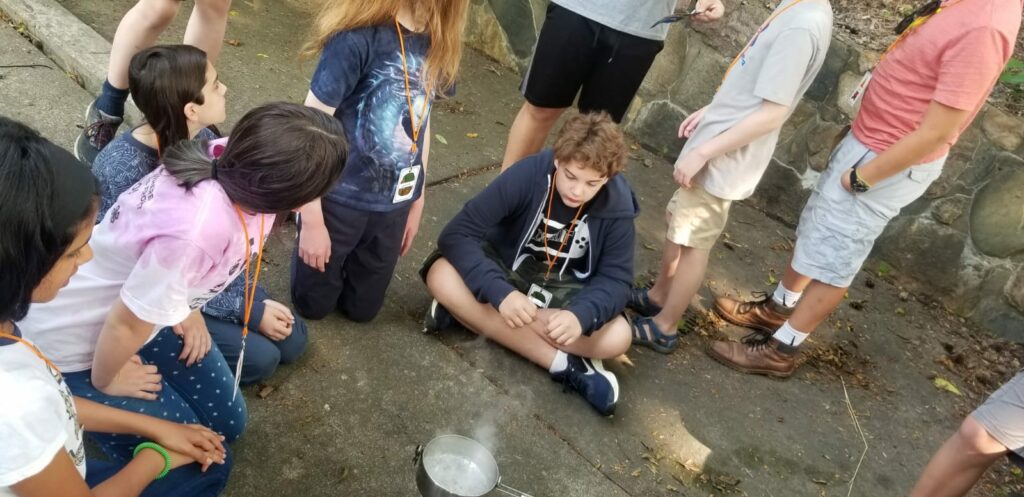
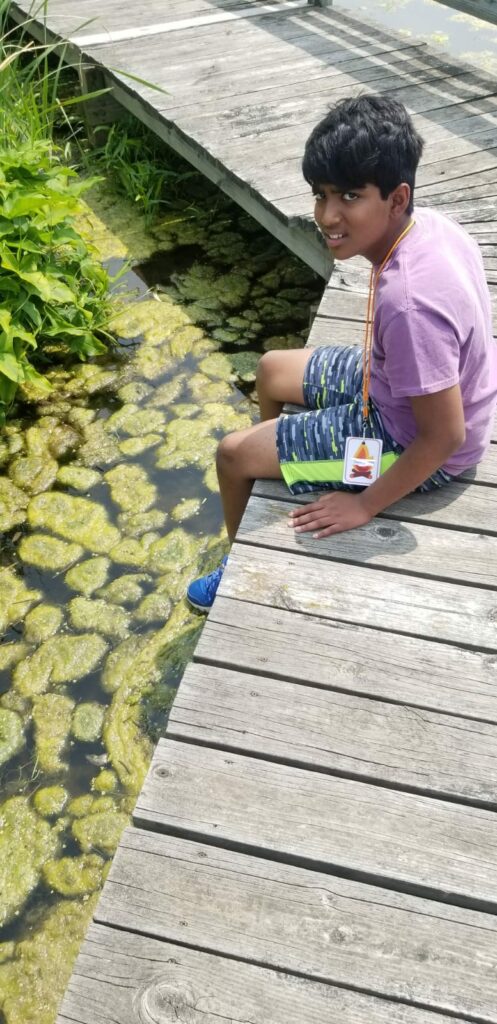
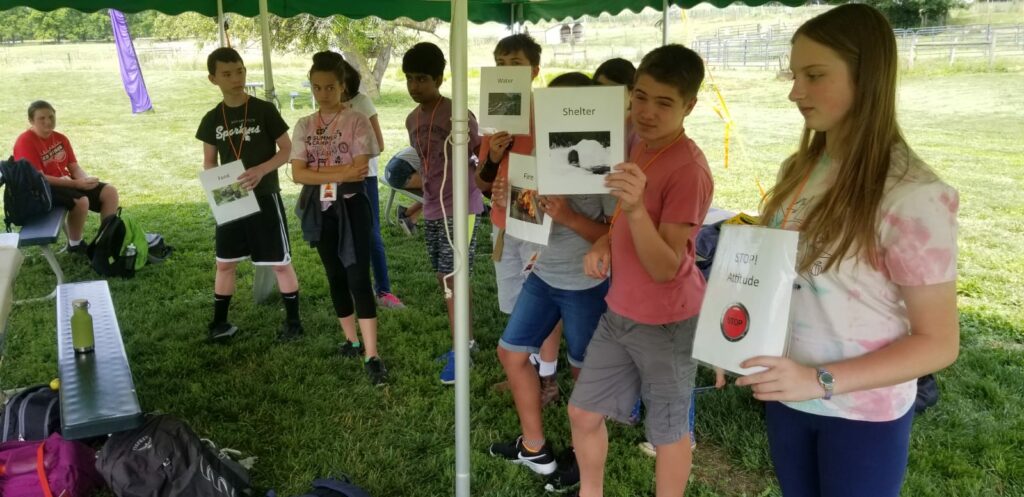



 Print
Print Email
Email
